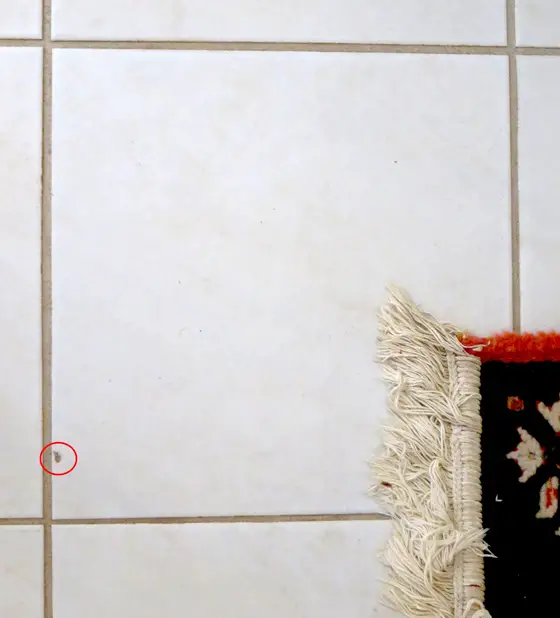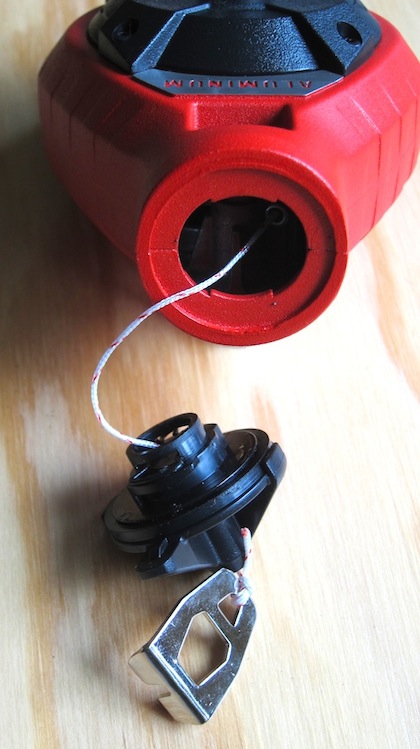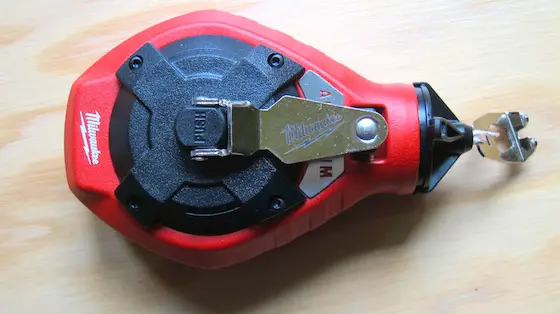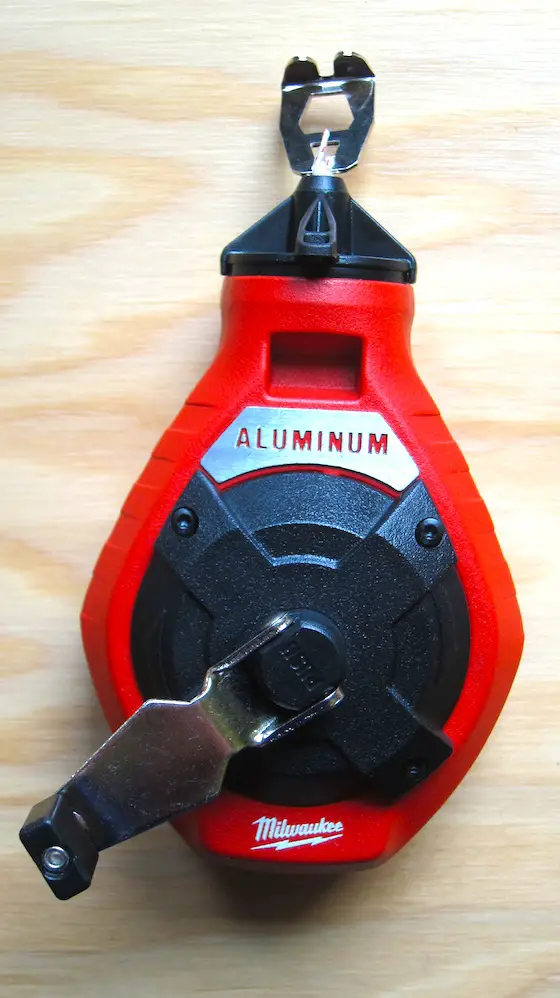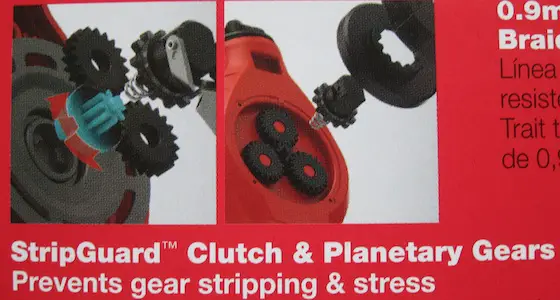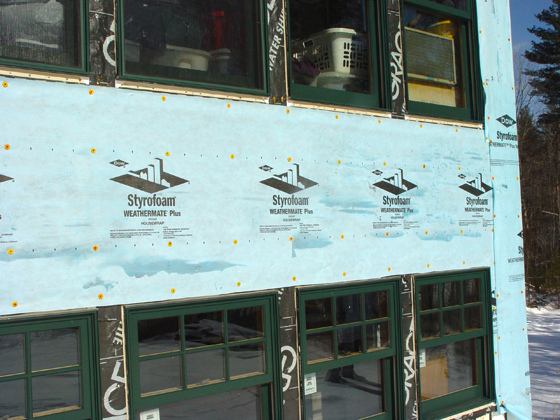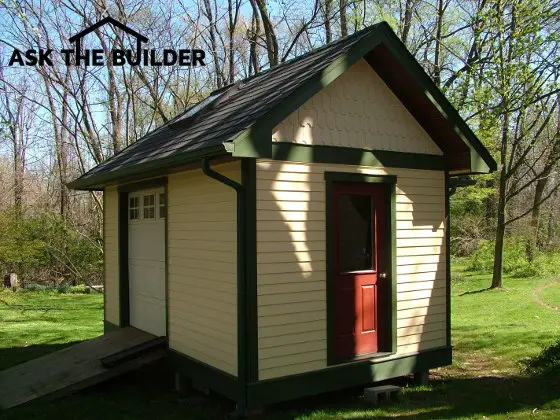
Granny Pod House Tips
- Occupant must be involved in planning
- Single story is best, but you may want an attic for future use
- Watch helpful videos below
- When occupant moves out, rent space on Airbnb
- CLICK HERE to Get Tim's FREE & FUNNY Newsletter!
DEAR TIM: I believe I need a granny pod. My mother-in-law might have to move to an assisted care facility.
The monthly costs for this are staggering. My mother-in-law is very mobile and needs just a little help. I did the math and it seems I can make her money last for many years if we just build a granny pod house on my lot.
Fortunately I’ve got the room and the zoning code permits it. What’s the best way to go about this so the pod adds, rather than detracts, value to my home and property?
What would you do to create the ultimate granny pod house that could be converted to something else in the future? John M., Austin, TX
DEAR JOHN: I’m beginning to get quite a few emails like this and it’s not surprising as mature children are faced with tough decisions concerning their parents. My sister and I had to make the same choice with my mother years ago, but we couldn’t do the granny pod option. We moved mom to a very nice assisted living facility in her community.
Granny Pod Planning Process
When planning a granny pod, there are many things to consider and lots of them are quite important. The planning process must include your mother-in-law. She needs to tell you what things are important to her.
For example, she may love indoor plants. If so, you’d want to incorporate a space where plenty of light streams into the space to keep the plants happy.
Perhaps she still loves to cook. In that case, be sure there’s no wasted space at all in the kitchen and determine how much counter space she’d really like to have.
Maybe she likes to sew or do crafts, so you need to create a convenient space to do that.
Related Links
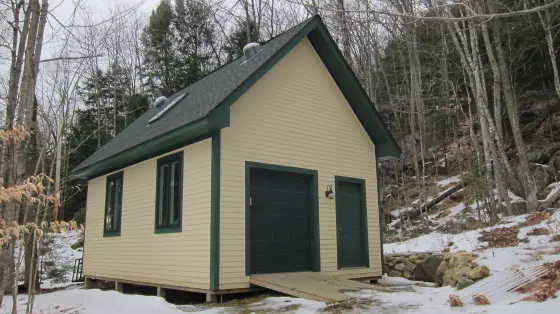
This is an outdoor shed that could be converted to a granny pod house in thirty days or less. Photo Credit: Tim Carter
Just have her make a list asking this question: “Mom, if you could wave a magic wand and create the perfect small apartment, what are the top five things it would have?” Let her ponder that for a couple of weeks if necessary. Use photos from other granny pods to stimulate ideas if necessary.
Free & Fast Bids
Talk To Realtors
I would talk to top realtors in your area and see if they have any ideas as they look into their crystal balls with respect to the future. For example, do they see a future trend for more detached home offices?
Do they feel there’s a growing trend for deluxe man caves? Now’s the time to try to think about what the granny pod might be used for when the time comes your mother-in-law will no longer need it. You want to make the transition from her use to the future use to be as pain and cost-free as possible.
Make It Match
The granny pod should look as much like your existing home as possible.
If possible, the granny pod should resemble a carriage house that you might see next to a large distinguished home. I don’t think making this pod look like an oversized shed you see in the parking lots of the big box stores is a good idea.
Open Floor Plan is Best
The floor plan should be as open as possible. Doing this gives you all sorts of options with respect to the future use of the pod. What’s really important at this point is trying to guess correctly at the future use of the structure.

Here's an example of a blank open floor plan for a granny pod. There is a staircase to an attic space, but you can figure out where everything else can go from here. Copyright 2017 Tim Carter
Create two or three ultimate floor plans. See how they relate to one another with respect to the overall size of each use. Now’s the time to make the granny pod bigger in case your best guess of the future use requires 200 more square feet of space than what your mother-in-law requires.
Concrete Slabs Restrict Change
The plumbing drain lines must be in the correct location for whatever you plan to do in the future if you must build on a concrete slab. A wood-floor system built above a crawl space allows future access to the plumbing pipes. You'll never regret having access to the plumbing drain lines.
Granny Pod Videos
These videos have some very good ideas.
Install Blank Utility Conduit Pipe
You’ll probably have to extend utilities to the pod underground. If so, now’s the time to install blank piping for future use. You’ll never regret installing an extra electrical conduit pipe as well as a 4-inch-diameter schedule 40 PVC pipe that could act as a secondary drain in case something goes dreadfully wrong in the future.
No Steps or Staircases
I’m sure your mother-in-law has no interest in steps and will want everything on the first floor. I’d design the pod so the attic has a steep roof, and a giant dormer or multiple gable ends so the attic space can become bonus room for the future use of the pod.
The building code controls ceiling heights in rooms. Be sure to study the building code and do what's necessary to meet or exceed its standards. Extra attic space will be an asset in the future.
Use Best Windows & Doors
Be sure you put in the best windows and doors you can afford. Make use of natural light and be sure to consider the compass orientation of the pod with respect to north and south. Plan for an outdoor garden space or a shaded patio or deck so your mother-in-law can enjoy being outdoors in delightful weather!
AirBnB
Your granny pod can be rented out on Airbnb.com if you have to move your mother-in-law out to a facility that can give her more care. Be sure you design the pod so that any renters will not have to rely on you for anything.
To summarize, be sure you do the following as you move forward with your granny pod:
- include the occupant in the plans
- create an open floor plan
- think about what happens with the granny pod a few years from now
Column 1133
